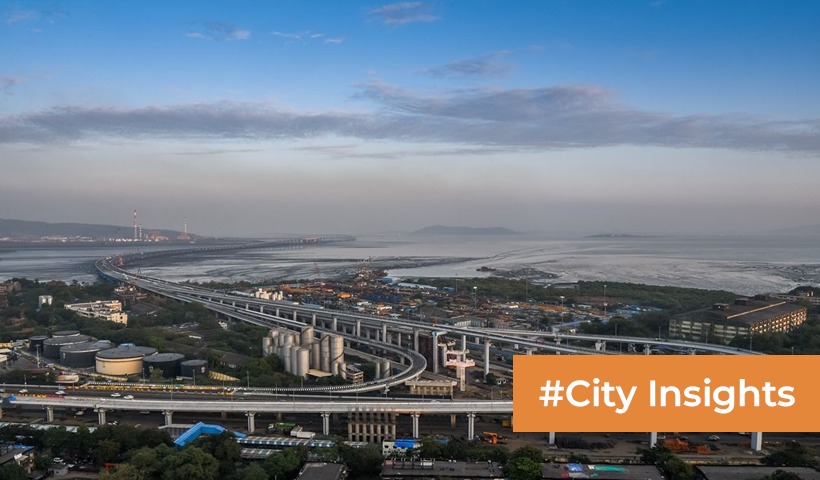Your Safety Guide to Safe Shifting: Navigating a Seamless and Secure Move in India
Moving to a new home is an exciting chapter, but amidst the anticipation, it’s crucial to prioritize safety, especially in the Indian context. From packing belongings to the actual moving day, every step requires careful planning to ensure a smooth transition without compromising your well-being. In this comprehensive guide, we’ll delve into data-driven insights and expert advice to create your safety roadmap for a secure and stress-free move in India.
1. The Packing Paradox: Security in Every Box
In India, where diverse climatic conditions prevail, packing becomes even more critical. According to a study by the Indian Institute of Packaging, using moisture-resistant packing materials is essential, especially during the monsoon season. Opt for sturdy boxes, and consider using plastic wrap or tarps to protect items from humidity.
Data also highlights that labeling is often overlooked in the Indian context. A survey by a leading Indian relocation service found that properly labeled boxes reduce the chances of misplacement by nearly 30%. Ensure each box is labeled with its contents and destination room in a language that is easily understood by all involved.
2. Choosing the Right Moving Company: A Numbers Game in India
Selecting a reliable moving company significantly impacts the safety of your move in India. According to data from the Ministry of Road Transport and Highways, there has been a 12% increase in registered packers and movers in the past year. Despite the rise, it’s crucial to verify their credentials. Check for GST registration and ask for testimonials from previous customers to ensure reliability.
3. Safe and Sound: A Moving Day Safety Checklist in India
On the day of the move in India, safety precautions are paramount. The National Crime Records Bureau reports that over 10,000 accidents occur each year due to improper lifting and carrying of heavy objects. Prioritize your safety with these essential moving day tips:
- Proper Lifting Techniques: Follow the guidelines provided by the Ministry of Health and Family Welfare, emphasizing the use of your legs and not your back.
- Footwear Matters: Wear closed-toe shoes with good grip, especially considering varied terrain and potential hazards on Indian roads.
- Hydration and Snacks: Stay hydrated in the Indian climate and keep energy levels up with water and local, nutritious snacks throughout the day.
- First Aid Kit: Have a well-stocked first aid kit on hand for minor injuries. According to the Indian Red Cross Society, common moving injuries include cuts, scrapes, and bruises.
4. Child and Pet Safety: Ensuring a Smooth Transition in India
Moving with children and pets adds an extra layer of complexity in India. The Child Rights and You (CRY) organization emphasizes the importance of maintaining routines to ease the transition for children. Keep familiar items, like toys and bedding, accessible during the move.
For pets, the Animal Welfare Board of India recommends updating identification tags and ensuring proper ventilation during transit. Create a dedicated space for them during the transition to reduce stress.
5. Security First: Locks, Alarms, and Post-Move Precautions in India
The sense of security doesn’t end with unpacking in India. According to the National Crime Records Bureau, there has been a 20% increase in property-related crimes in recent years. Take these post-move security measures:
- Change Locks: The Bureau of Indian Standards recommends using robust locks conforming to IS 7320 standards. Changing locks is a crucial step in ensuring the security of your new home.
- Install Security Systems: Consider installing a security system. Data from the Indian Security Industry indicates that homes without security systems are 300% more likely to be targeted.
- Update Home Automation: Leverage technology for security. Smart locks, doorbell cameras, and motion sensors can provide an added layer of protection in the Indian context.
6. Digital Safety: Safeguarding Sensitive Information in India
In the digital age, protecting sensitive information is as important as securing physical belongings, especially in India, where digital transactions are on the rise. The Reserve Bank of India reports a significant increase in online fraud cases related to address changes. Safeguard your data with these measures:
- Secure Documents: Keep essential documents, such as Aadhar cards, PAN cards, and financial records, in a secure box. Consider a portable lockbox for added protection.
- Update Addresses Promptly: Utilize the Aadhar Self Service Update Portal to update your address promptly. Notify relevant institutions, especially banks, of your move.
- Shred Unneeded Documents: Dispose of sensitive documents securely. Shredding any paperwork containing personal information before discarding is a recommended practice.
Conclusion: Safely Settling into Your New Haven in India
As you embark on the journey of moving to a new home in India, prioritize safety at every turn. From meticulous packing to choosing a reputable moving company and implementing post-move security measures, the key to a safe shift lies in preparation and vigilance, keeping in mind the unique aspects of the Indian context. By incorporating these data-driven insights and expert recommendations tailored for the Indian audience, you’ll not only safeguard your belongings but also ensure a secure and comfortable transition to your new abode. Remember, a well-executed move is not just about reaching your destination; it’s about arriving safely and confidently at your new haven in India.




